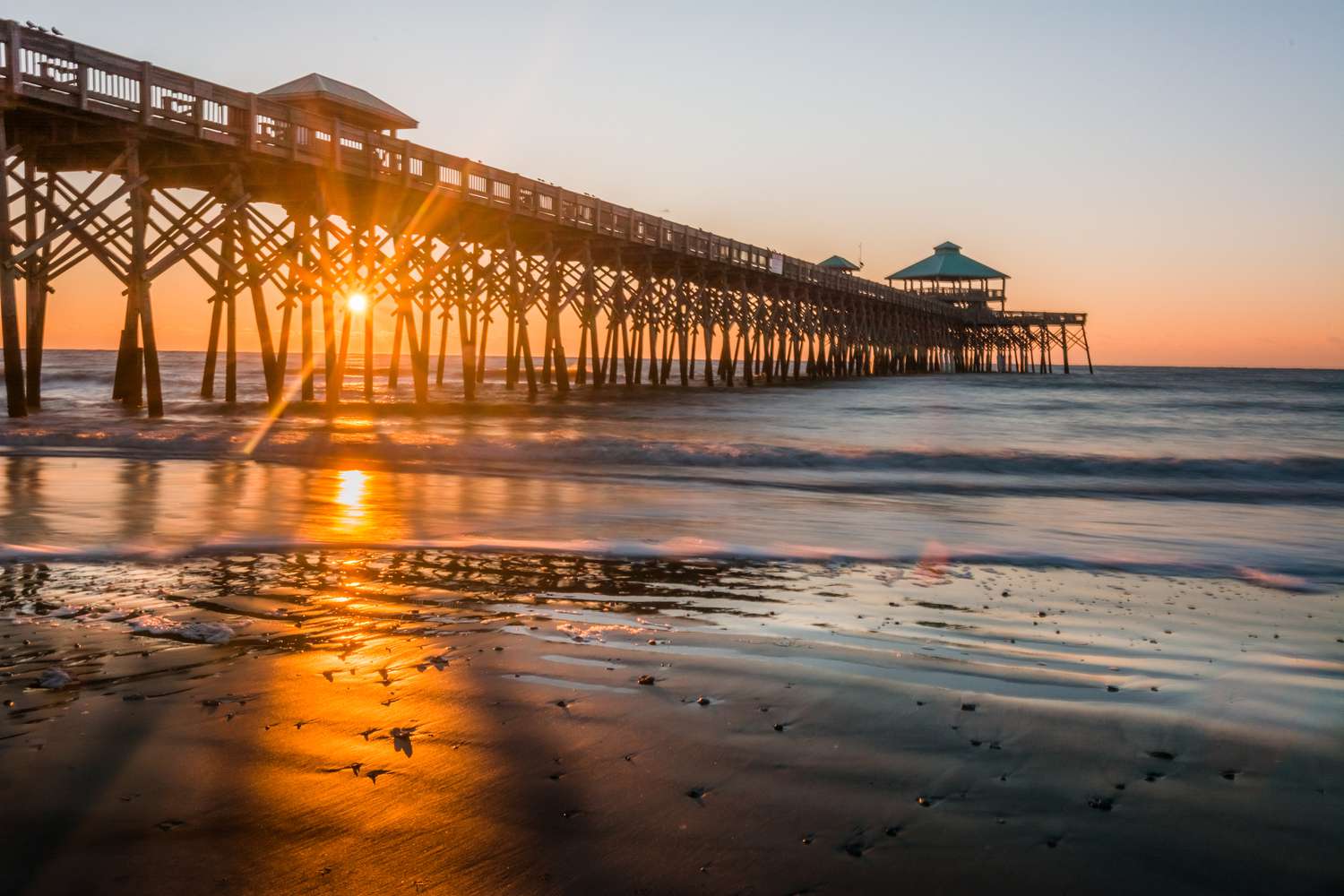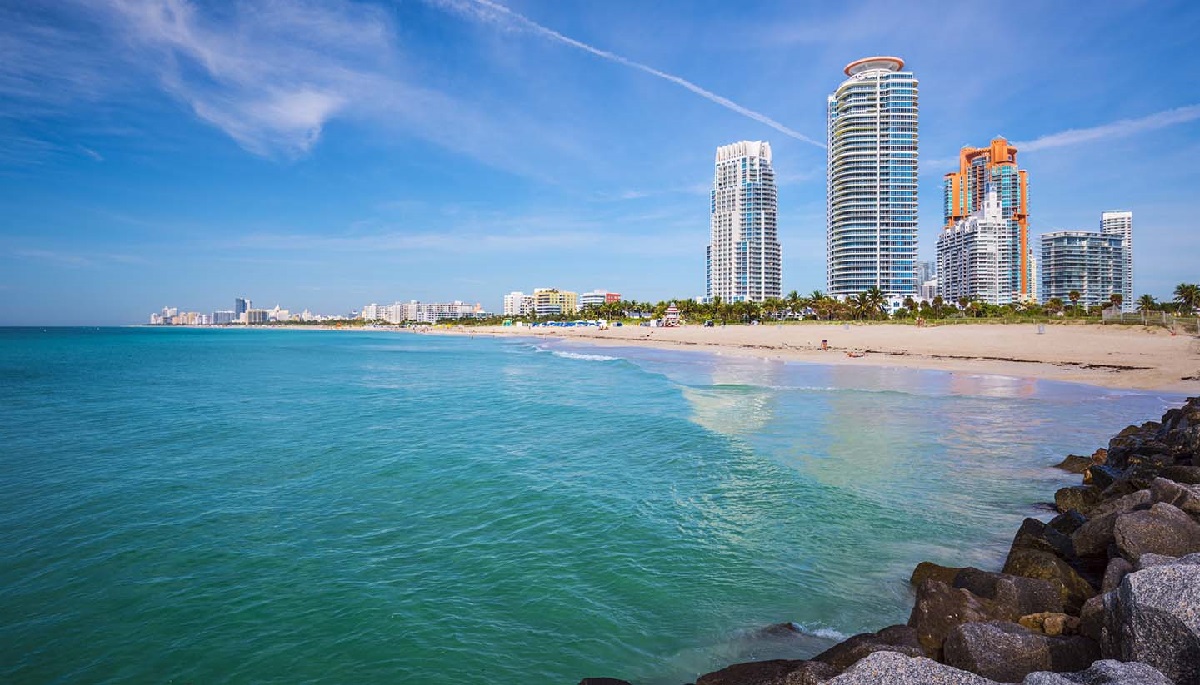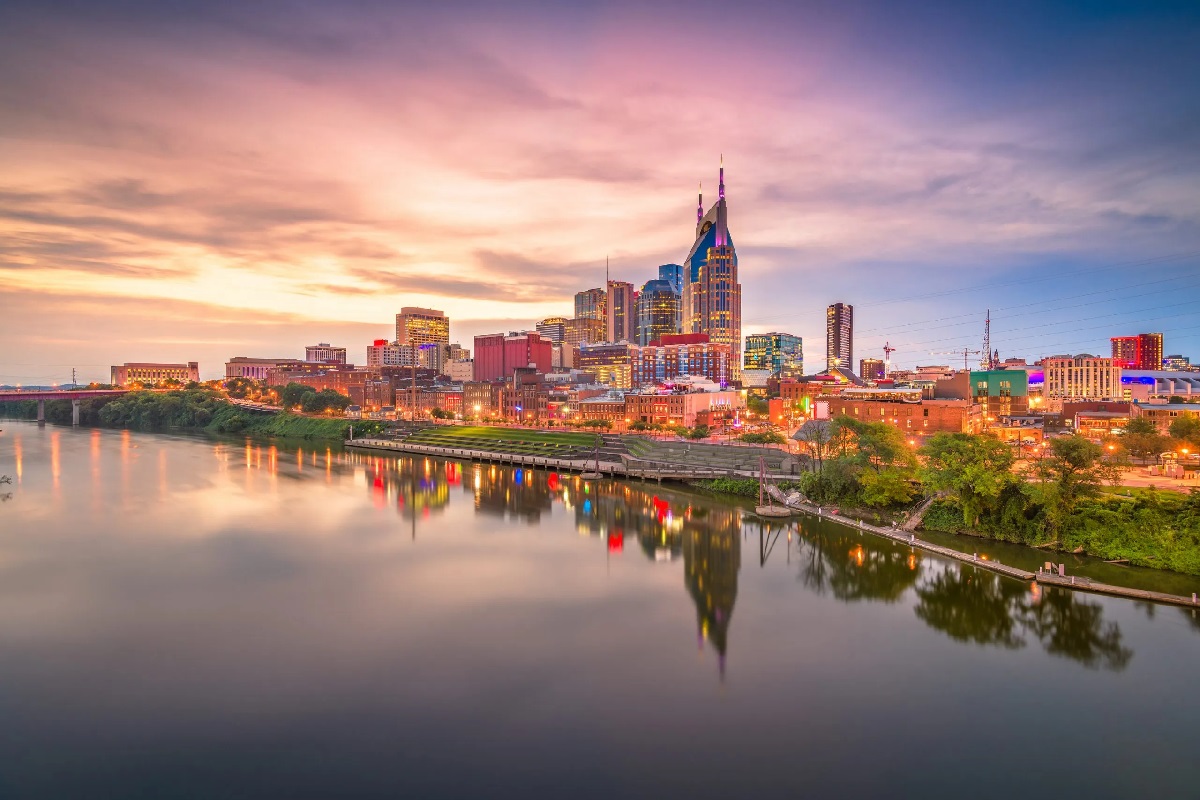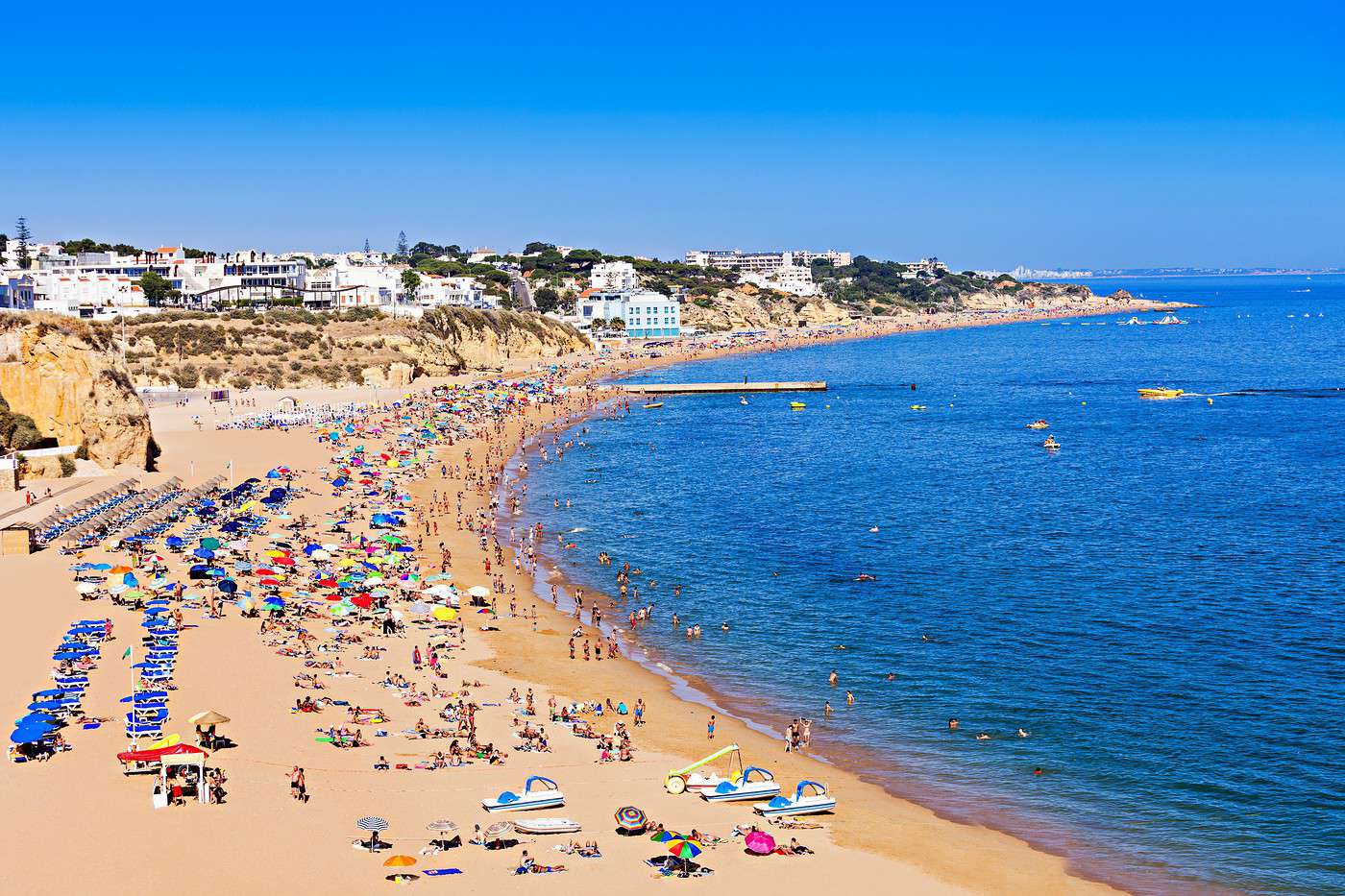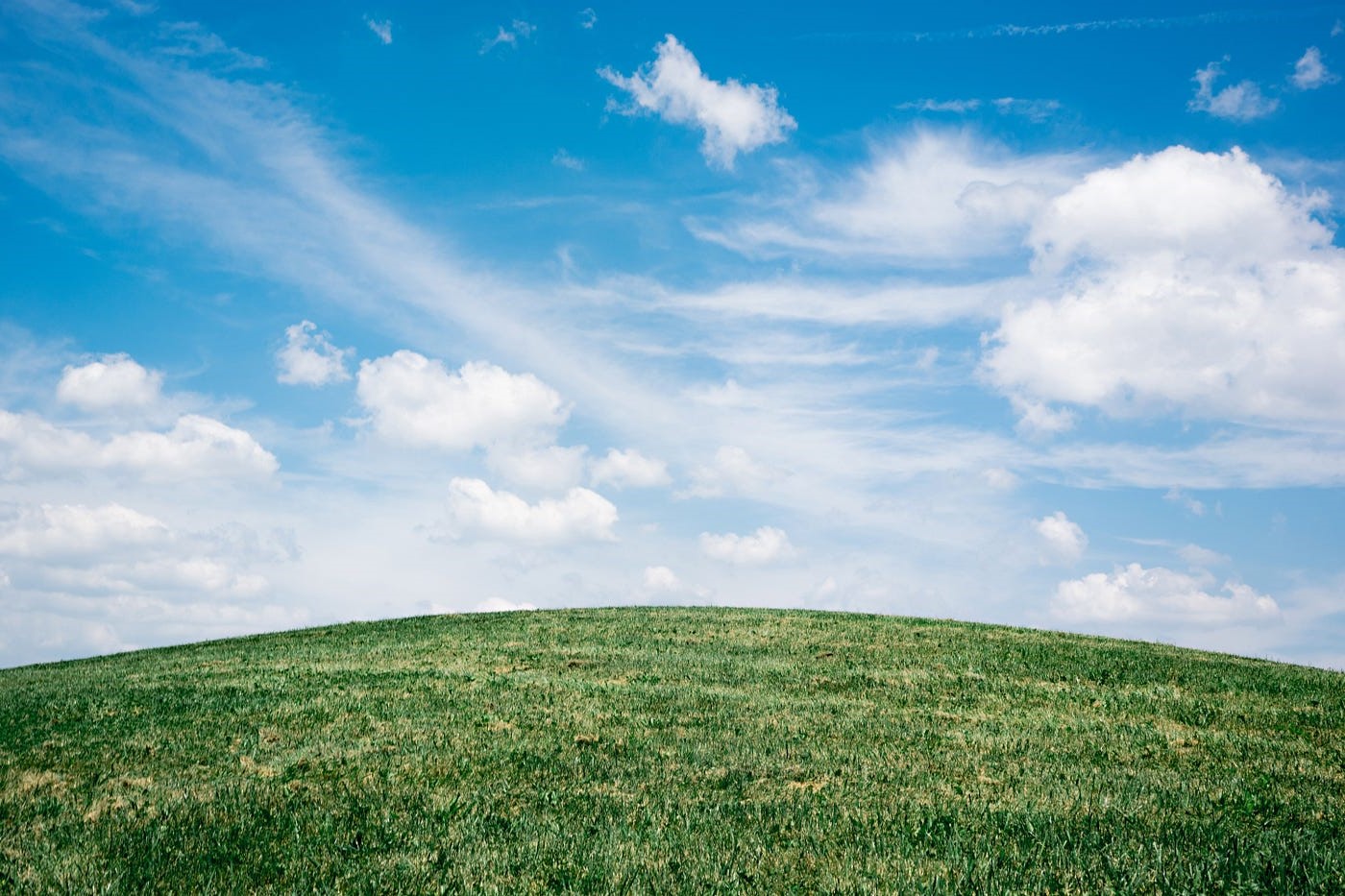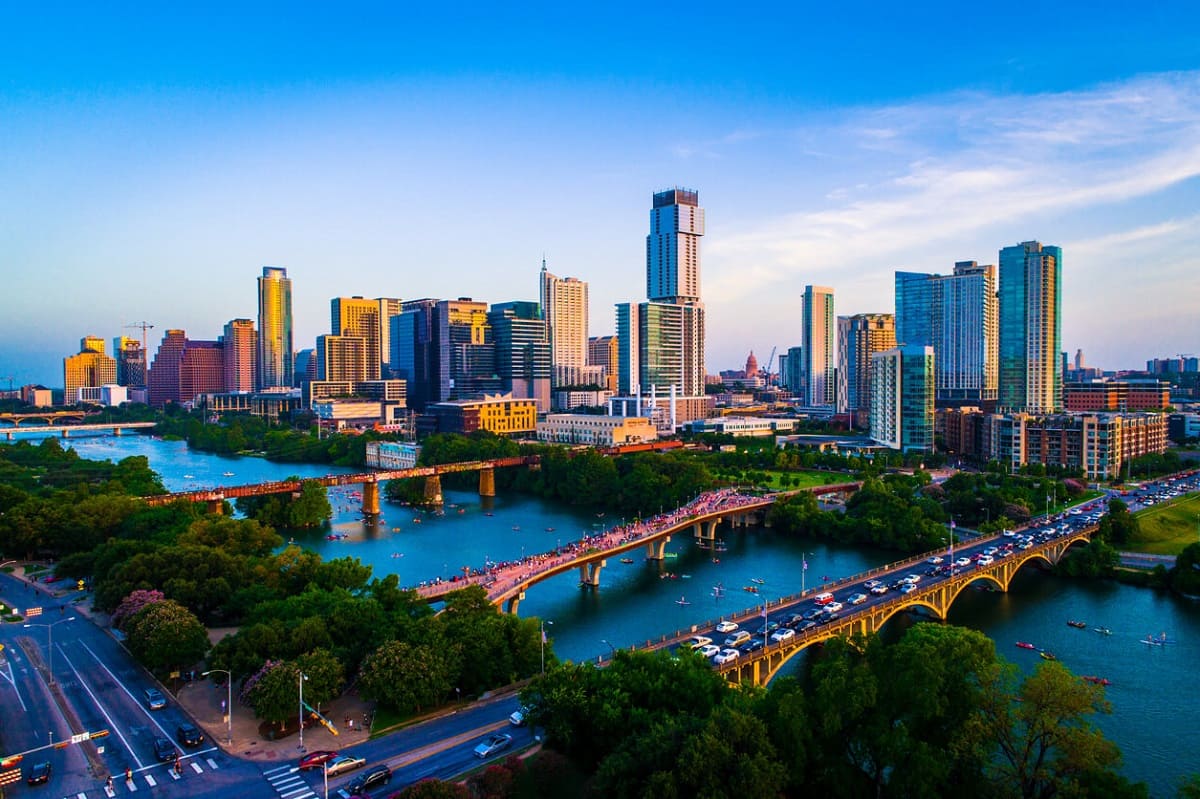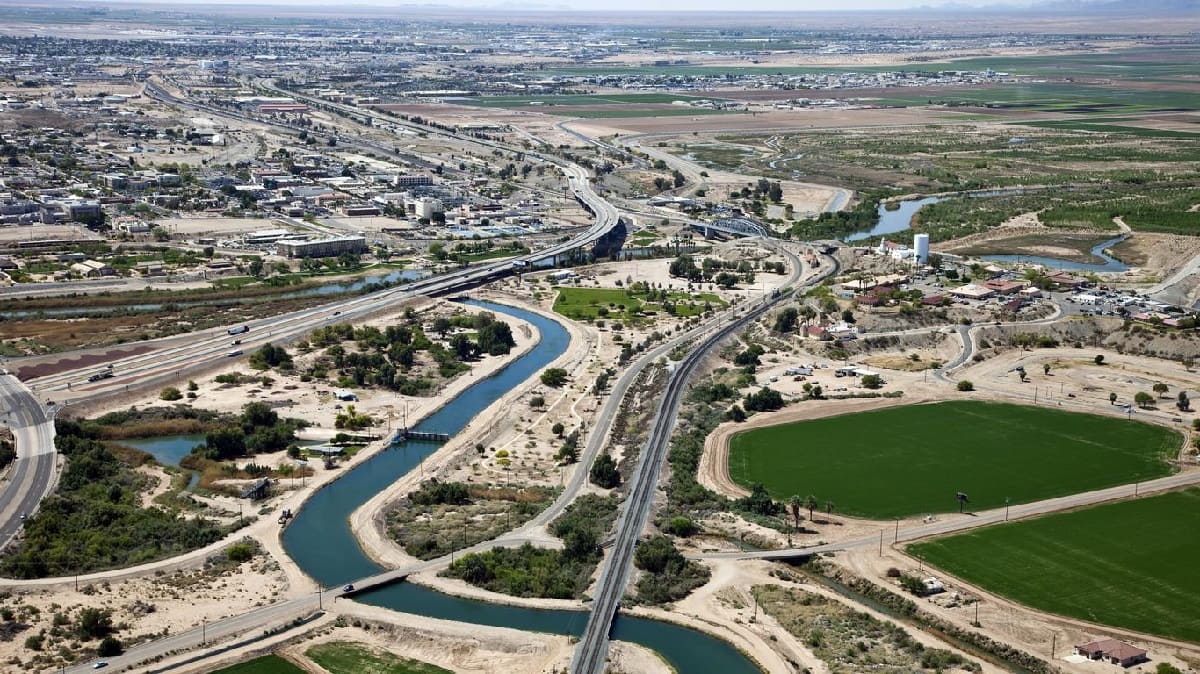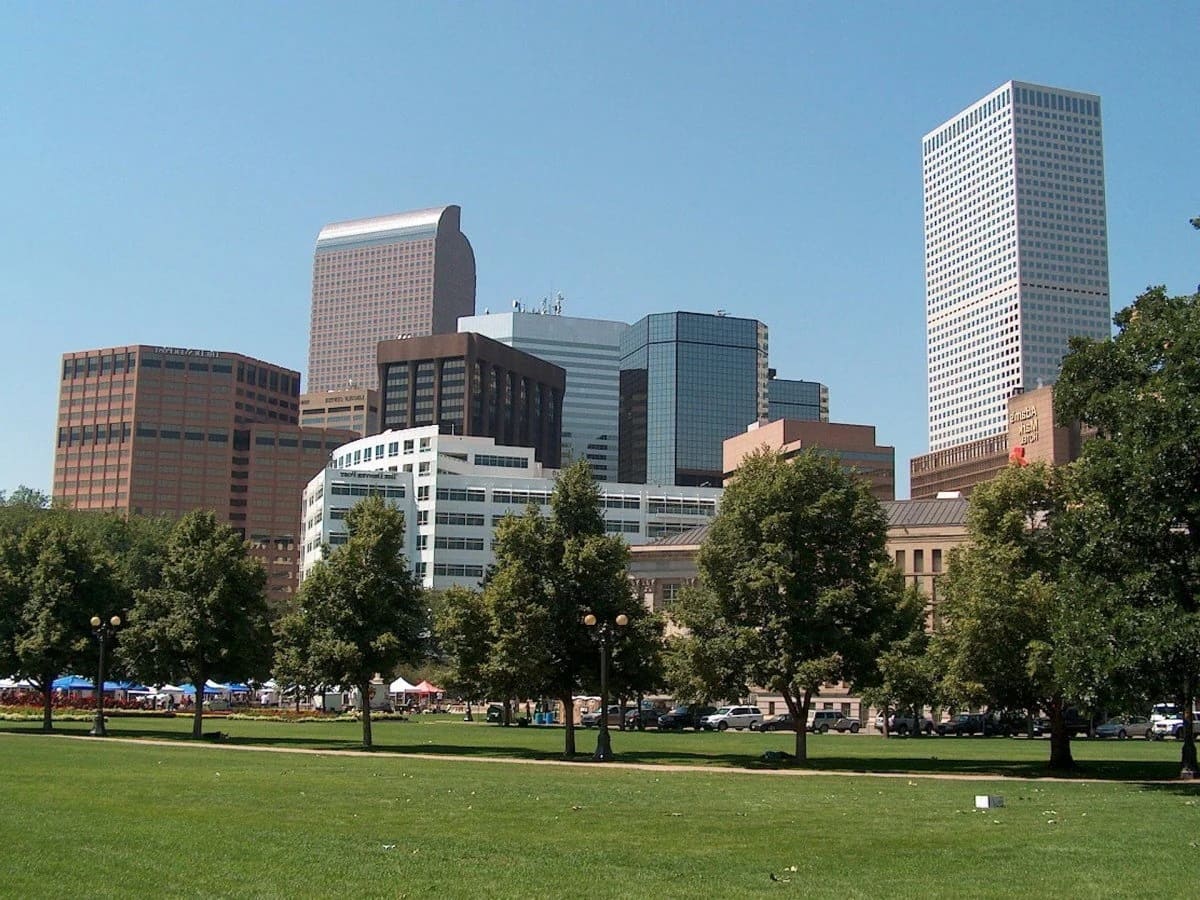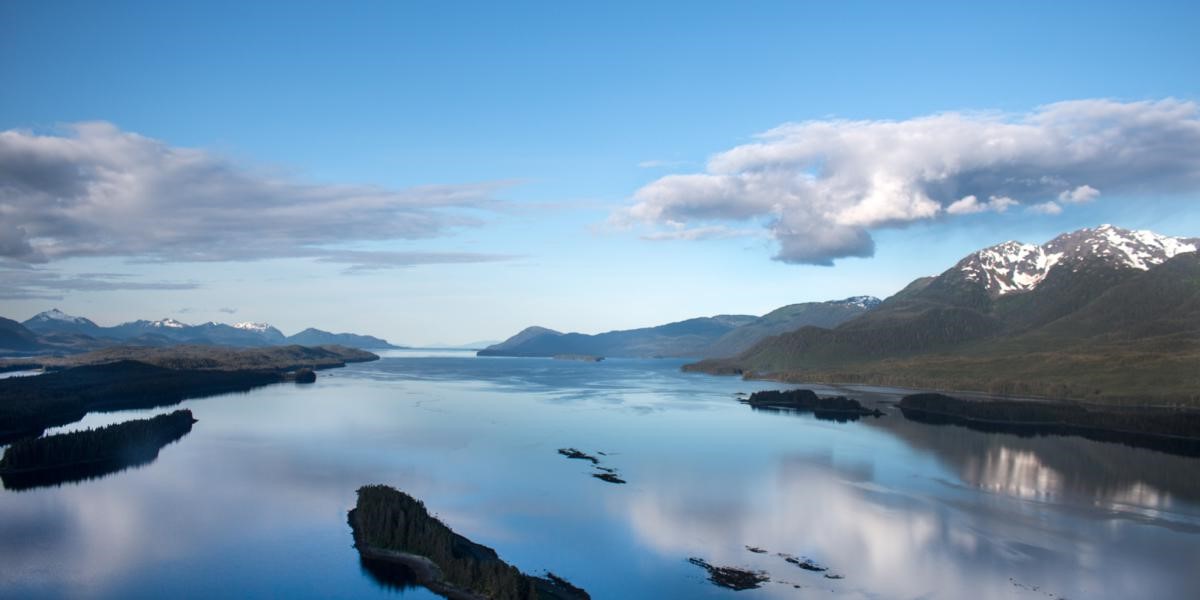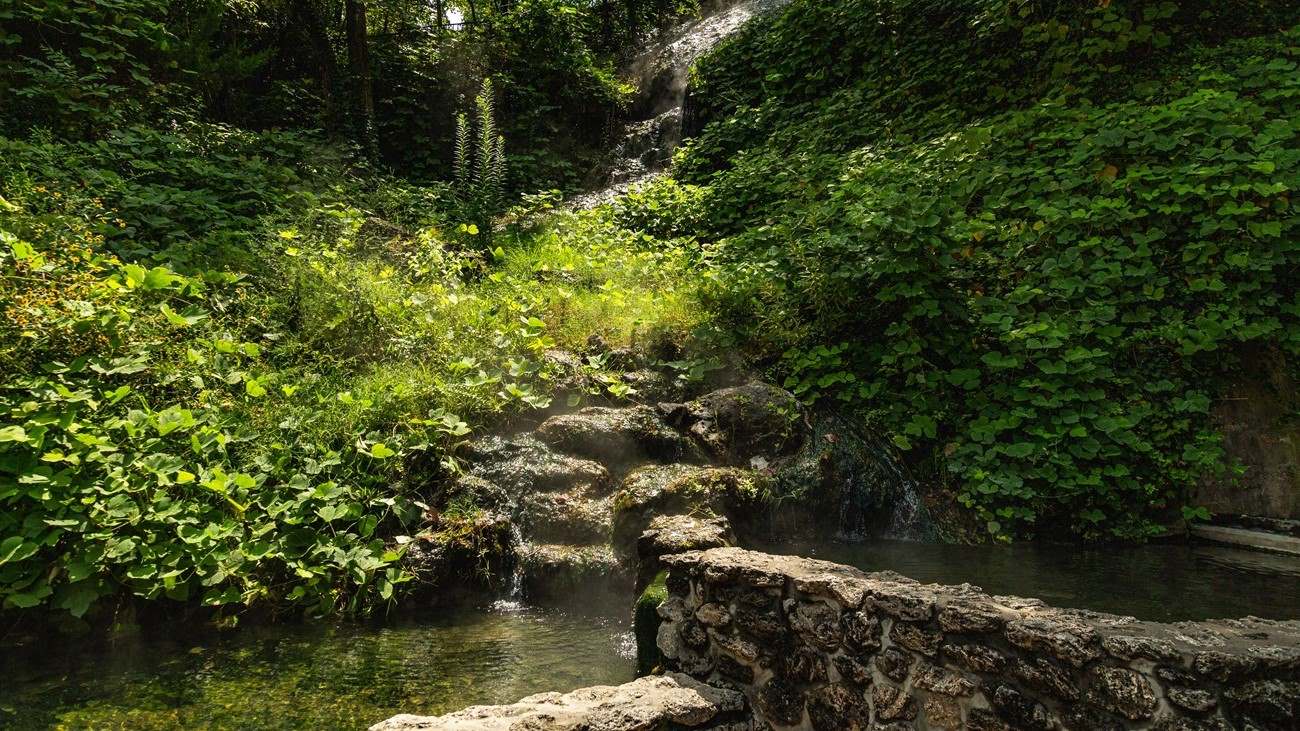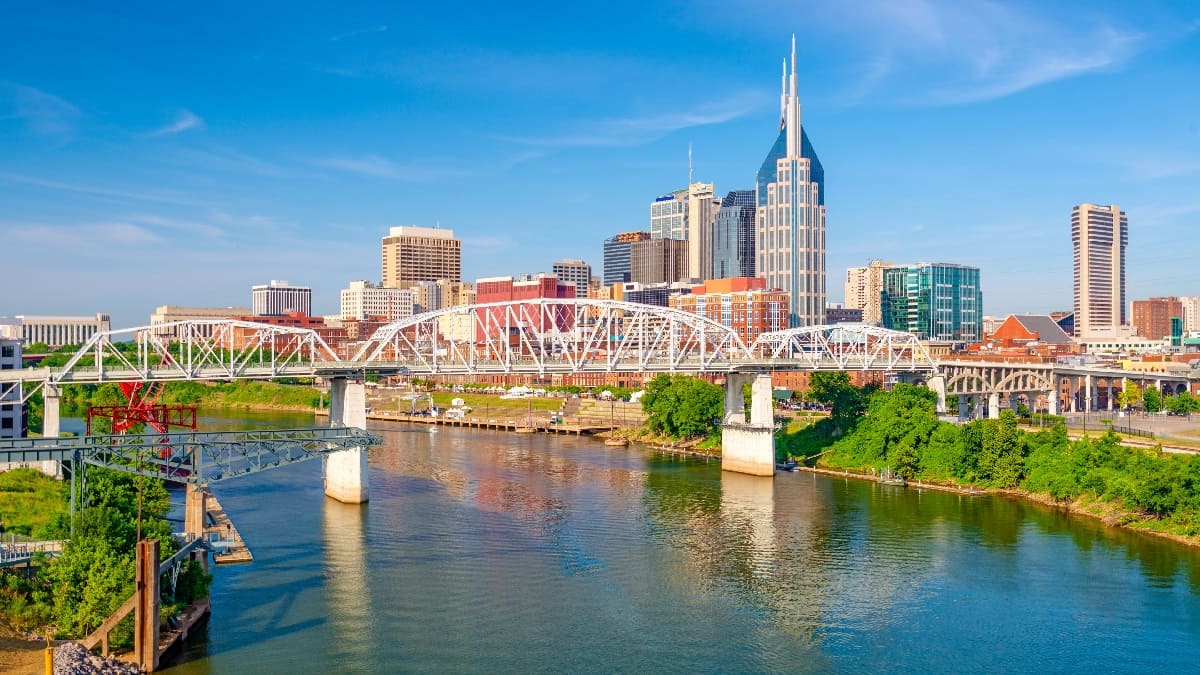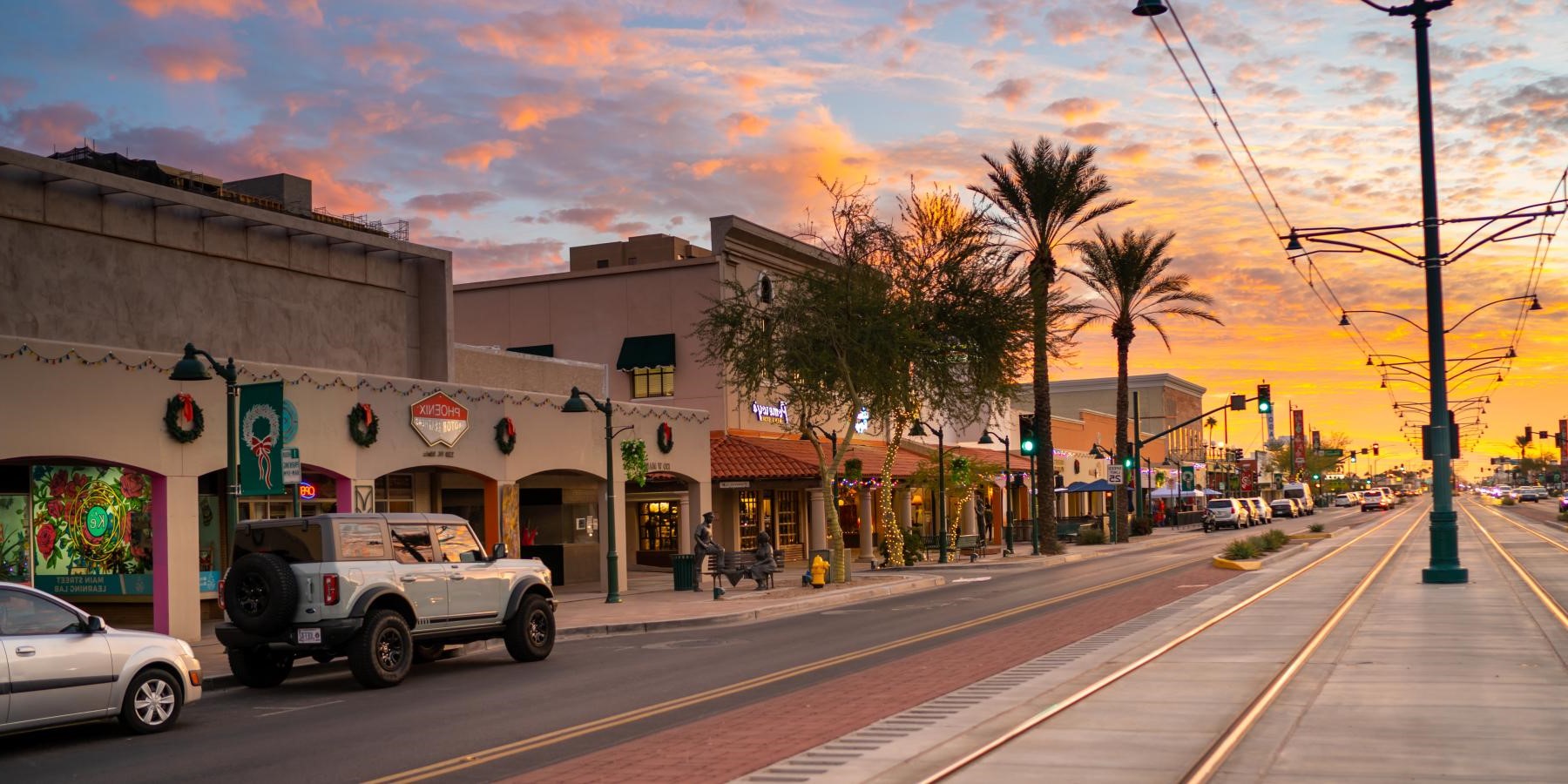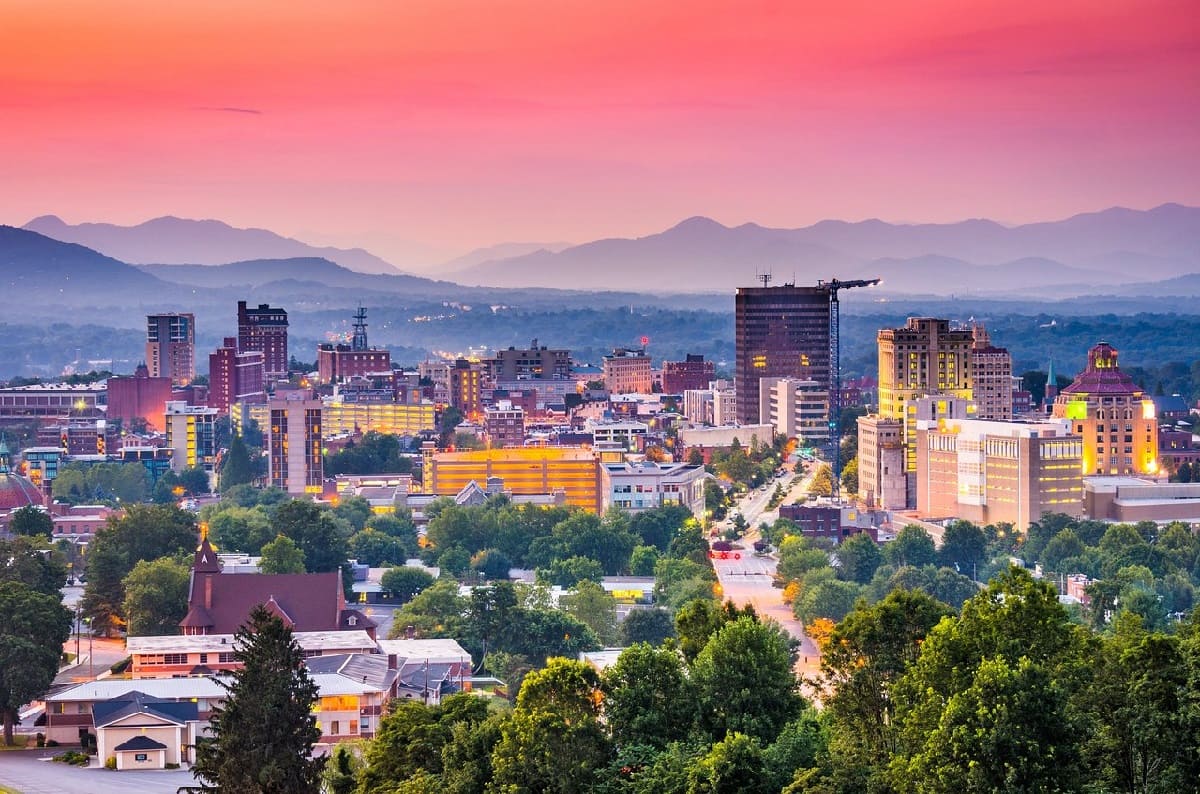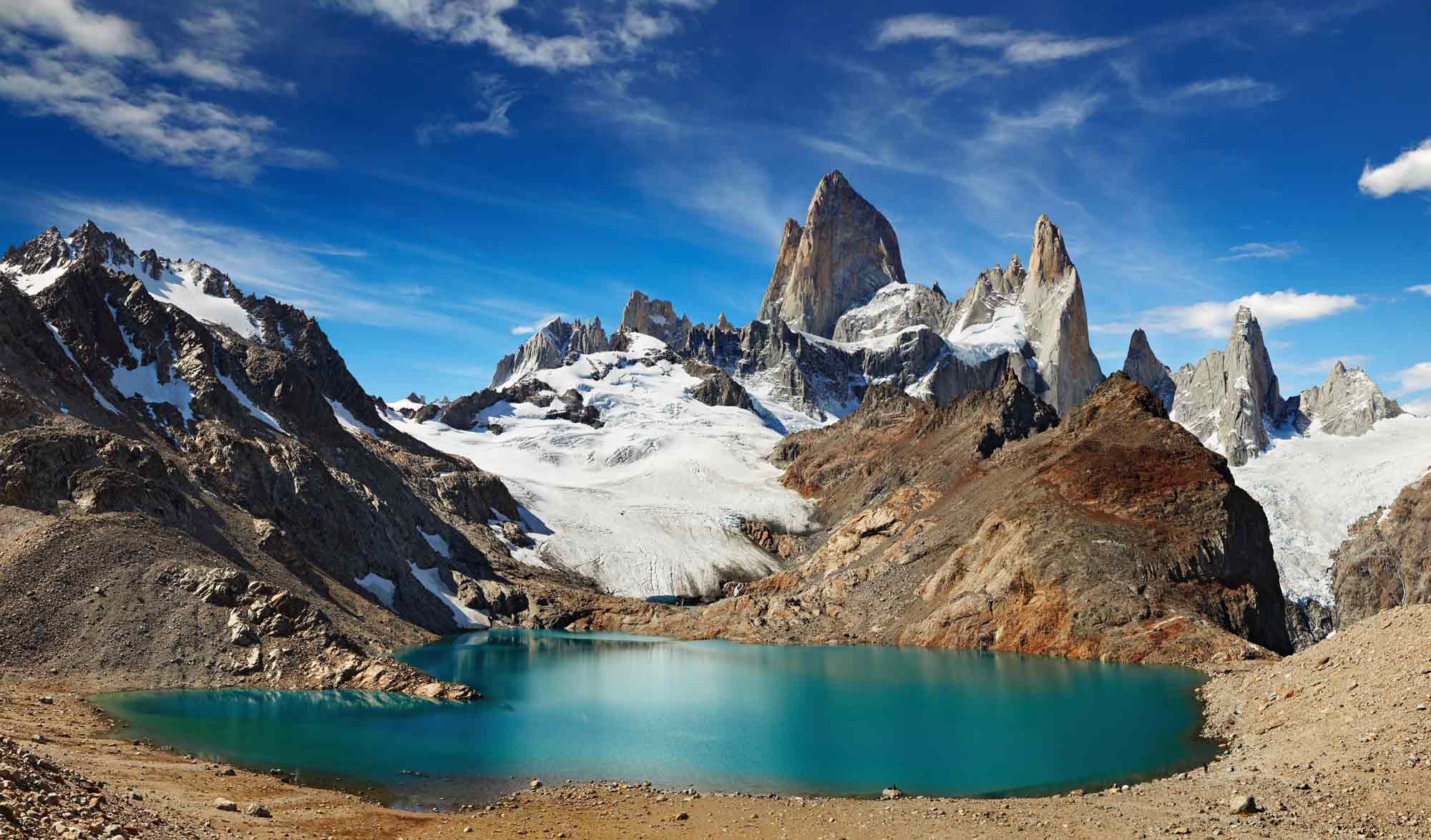Home>Weather and Climate>Colorado Weather: A Comprehensive Guide To Year-Round Climate In Colorado
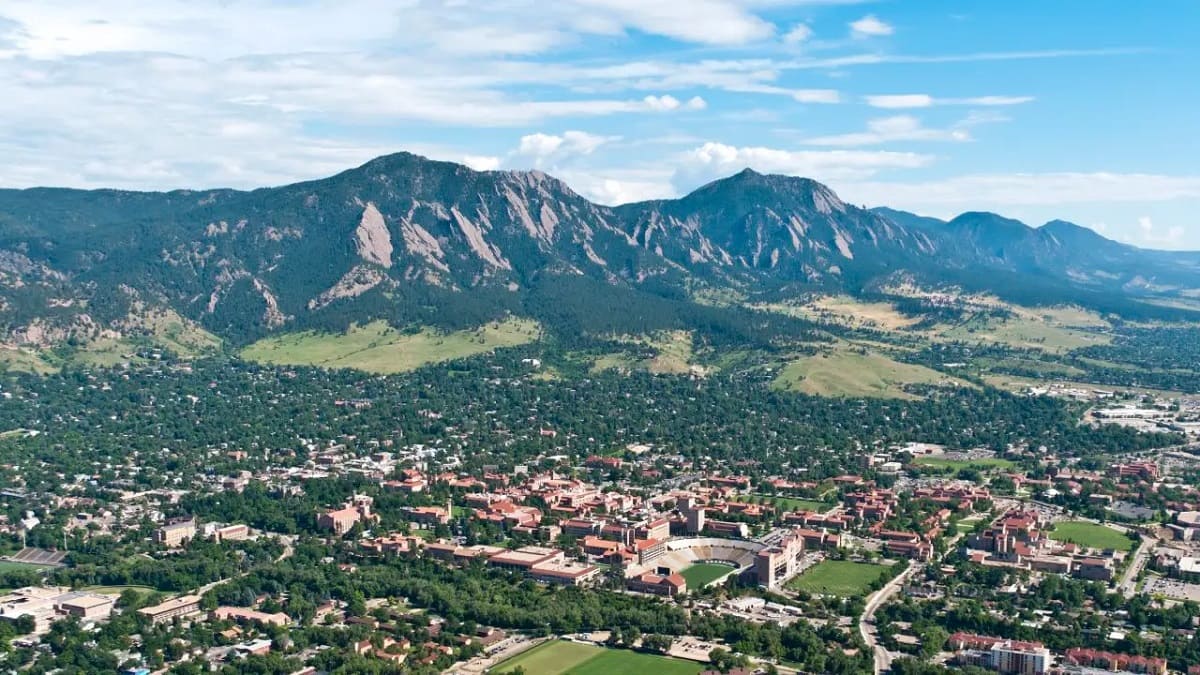

Weather and Climate
Colorado Weather: A Comprehensive Guide To Year-Round Climate In Colorado
Published: March 1, 2024
Discover the diverse weather and climate of Colorado with our comprehensive guide, featuring year-round insights and tips for every season. Explore the unique meteorological patterns and prepare for your Colorado adventure.
(Many of the links in this article redirect to a specific reviewed product. Your purchase of these products through affiliate links helps to generate commission for Temperatures.com, at no extra cost. Learn more)
Table of Contents
Introduction
Colorado's diverse and dynamic climate offers a captivating blend of weather patterns throughout the year. From the majestic peaks of the Rocky Mountains to the sprawling plains and plateaus, the Centennial State boasts a rich tapestry of climatic experiences. Whether you're an outdoor enthusiast, a nature lover, or simply someone who appreciates the beauty of changing seasons, Colorado's weather is sure to leave a lasting impression.
In this comprehensive guide, we will delve into the intricacies of Colorado's year-round climate, exploring the unique characteristics of each season and shedding light on the state's fascinating weather phenomena. From the crisp, invigorating air of spring to the snow-capped landscapes of winter, Colorado's weather paints a vivid portrait of natural diversity and awe-inspiring beauty.
Throughout this guide, we will uncover the nuances of Colorado's climate, offering valuable insights into the atmospheric dynamics that shape the state's weather patterns. Whether you're planning a visit to the bustling city of Denver, the charming town of Boulder, or the serene mountain retreats, understanding Colorado's weather is essential for making the most of your experience.
Join us as we embark on a journey through Colorado's ever-changing skies, where each season brings its own set of wonders and challenges. By gaining a deeper understanding of Colorado's weather, you'll be better equipped to embrace the elements and make the most of your time in this captivating state. So, let's set out on this meteorological adventure and unravel the captivating story of Colorado's climate.
Read more: Colorado Springs Weather: A Year-Round Guide
Understanding Colorado's Unique Climate
Colorado's unique climate is shaped by a diverse range of geographical features, including the majestic Rocky Mountains, expansive plains, and high desert plateaus. This geographical diversity gives rise to a wide array of microclimates, each contributing to the state's rich tapestry of weather patterns. The elevation plays a pivotal role in Colorado's climate, with the state boasting the highest average elevation of any U.S. state. The varying elevations, ranging from the towering peaks of the Rockies to the lower-lying plains, result in dramatic differences in temperature and precipitation across different regions.
The Rocky Mountains, which dominate the state's landscape, significantly influence Colorado's climate. These imposing peaks act as a barrier to prevailing weather systems, leading to stark variations in weather patterns on either side of the range. The western slope of the Rockies experiences a more arid climate, characterized by lower precipitation and higher temperatures, while the eastern plains receive greater moisture and exhibit a semi-arid climate.
Colorado's climate is also influenced by its inland location, far removed from the moderating effects of large bodies of water. This results in pronounced temperature fluctuations, with hot summers and cold winters being the norm. The state's continental climate is characterized by rapid and extreme weather changes, making it essential for residents and visitors alike to be prepared for sudden shifts in conditions.
Furthermore, Colorado's climate is renowned for its abundant sunshine, with the state boasting over 300 days of sunshine annually. This sunny disposition contributes to the state's appeal as an outdoor recreation haven, drawing enthusiasts to its numerous hiking trails, ski resorts, and scenic landscapes.
In summary, Colorado's unique climate is a product of its diverse topography, high elevation, and inland location. The interplay of these factors gives rise to a captivating blend of weather patterns, from the arid western slopes to the semi-arid plains and the alpine environments of the Rockies. Understanding the intricacies of Colorado's climate is essential for appreciating the state's natural beauty and for navigating its ever-changing weather conditions.
Spring Weather in Colorado
Spring in Colorado heralds the awakening of nature, as the landscape undergoes a remarkable transformation. As the grip of winter gradually loosens its hold, the state experiences a delightful transition marked by budding wildflowers, melting snow, and the return of vibrant greenery. However, springtime in Colorado is also characterized by dynamic and sometimes unpredictable weather patterns, making it a season of contrasts and surprises.
During the early months of spring, particularly March and April, Colorado often experiences fluctuating temperatures as winter reluctantly gives way to the warmth of the approaching summer. Daytime temperatures can vary widely, with balmy, sun-drenched afternoons giving way to chilly evenings as the lingering influence of winter makes its presence felt. This temperature variability is a hallmark of spring in Colorado, creating a sense of anticipation and adaptability as residents and visitors alike navigate the changing conditions.
Precipitation also plays a significant role in Colorado's spring weather. The melting snow from the mountains contributes to increased water flow in rivers and streams, while also replenishing the soil and nourishing the burgeoning plant life. However, this transition from snow to water can also lead to the potential for flooding, especially in low-lying areas and regions near waterways. Additionally, springtime in Colorado can bring a mix of rain, snow, and occasional thunderstorms, adding an element of unpredictability to the weather.
One of the most enchanting aspects of spring in Colorado is the emergence of wildflowers, painting the landscape with a kaleidoscope of colors. From delicate columbines to vibrant Indian paintbrushes, the state's diverse flora bursts into bloom, creating a breathtaking spectacle for nature enthusiasts and photographers. The juxtaposition of snow-capped peaks and blossoming meadows during this season is a sight to behold, offering a visual symphony of natural beauty.
In summary, spring weather in Colorado is a time of transition and renewal, characterized by fluctuating temperatures, the potential for precipitation, and the resplendent display of wildflowers. As nature awakens from its winter slumber, Colorado's springtime offers a captivating blend of contrasts, inviting residents and visitors to embrace the ever-changing beauty of the season.
Summer Weather in Colorado
Summer in Colorado ushers in a season of warmth and outdoor splendor, as the state basks in the glow of abundant sunshine and clear blue skies. From the bustling urban centers to the tranquil mountain retreats, Colorado's summer weather offers a diverse array of experiences, inviting residents and visitors to revel in the natural beauty and recreational opportunities that abound.
One of the defining characteristics of summer in Colorado is the prevalence of warm, sunny days, with temperatures varying across different regions of the state. In the urban areas along the Front Range, including Denver, Boulder, and Colorado Springs, daytime temperatures often hover in the comfortable range, making outdoor activities and al fresco dining a popular pastime. Meanwhile, in the high country, where the majestic peaks of the Rockies beckon adventurers, temperatures are generally cooler, providing a refreshing escape from the summer heat.
The ample sunshine that graces Colorado during the summer months creates an ideal environment for a myriad of outdoor pursuits. Whether it's hiking through alpine meadows, casting a line in pristine mountain streams, or embarking on scenic drives through breathtaking landscapes, the state's summer weather sets the stage for unforgettable adventures. Additionally, Colorado's numerous lakes and reservoirs offer opportunities for water-based activities, including boating, paddleboarding, and fishing, providing a refreshing respite from the summer heat.
While summer in Colorado is predominantly characterized by warm and dry conditions, it's essential to be mindful of the potential for afternoon thunderstorms, especially in the mountainous regions. These thunderstorms, fueled by the daytime heating, can bring brief but intense bursts of rain, lightning, and gusty winds. It's important for outdoor enthusiasts to stay informed about weather forecasts and be prepared for rapid changes in conditions when venturing into the high country.
Moreover, the summer season in Colorado coincides with the state's festival and event season, offering a vibrant tapestry of cultural celebrations, music festivals, and outdoor gatherings. From the renowned Colorado Shakespeare Festival in Boulder to the lively street fairs and farmers' markets that dot the urban landscape, summer in Colorado is a time of community, creativity, and shared experiences.
In essence, summer weather in Colorado embodies a spirit of adventure, leisure, and natural splendor. With its sun-kissed days, diverse recreational opportunities, and a calendar brimming with cultural events, Colorado's summer season beckons all who seek to immerse themselves in the boundless beauty and warmth of the Centennial State.
Fall Weather in Colorado
Fall in Colorado unfolds as a breathtaking tapestry of colors, as the landscape undergoes a remarkable transformation, painting the scenery with vibrant hues of gold, crimson, and amber. This season, also known as autumn, brings a sense of enchantment as the state transitions from the warmth of summer to the crisp embrace of impending winter. The fall weather in Colorado is a time of transition, marked by a symphony of natural beauty and a sense of anticipation as the days grow shorter and the air carries a hint of nostalgia.
One of the most captivating aspects of fall in Colorado is the spectacle of changing foliage. As the aspen trees, renowned for their shimmering golden leaves, prepare for the winter slumber, they adorn the mountainsides and valleys with a mesmerizing display of color. The contrast of the golden aspens against the deep green of coniferous trees creates a visual masterpiece, drawing photographers, nature enthusiasts, and leaf-peepers to witness this annual marvel. The mountains and canyons of Colorado become a living canvas, inviting visitors to immerse themselves in the kaleidoscope of autumnal splendor.
The weather in Colorado during the fall season is characterized by a gradual cooling of temperatures, with crisp mornings giving way to mild afternoons. The high country experiences the first dustings of snow, adding a touch of wintry charm to the alpine landscapes, while the lower elevations are enveloped in the comforting embrace of autumnal warmth. The clear, azure skies and the gentle rustling of leaves create an atmosphere of tranquility, making fall an ideal time for outdoor activities such as hiking, scenic drives, and wildlife viewing.
In addition to the visual spectacle of changing foliage, fall in Colorado also brings a sense of harvest and abundance. The state's agricultural regions come alive with the bounty of the season, as farmers' markets brim with fresh produce, and orchards offer opportunities for apple and pumpkin picking. The aroma of freshly baked pies and the sight of pumpkins adorning front porches evoke a sense of nostalgia and celebration, adding to the charm of the season.
As the days grow shorter and the nights become crisper, fall in Colorado offers a time for reflection and appreciation of nature's beauty. It's a season that beckons residents and visitors alike to savor the fleeting moments of autumnal splendor, to embrace the warmth of community gatherings, and to revel in the simple joys of the season.
In essence, fall weather in Colorado is a time of transition, transformation, and natural splendor. As the landscape dons its vibrant cloak of colors and the air carries the promise of winter, the Centennial State invites all to immerse themselves in the timeless beauty and tranquility of autumn.
Winter Weather in Colorado
Winter in Colorado casts a spell of enchantment, transforming the state into a winter wonderland adorned with glistening snow, frosted landscapes, and a palpable sense of tranquility. As the temperature drops and the days grow shorter, Colorado embraces the season with a blend of rugged resilience and serene beauty, offering a captivating array of winter experiences for residents and visitors alike.
One of the defining characteristics of winter weather in Colorado is the prevalence of snow, which blankets the mountains, valleys, and urban areas with a pristine layer of white. The majestic peaks of the Rockies become adorned with snow-capped splendor, creating a postcard-worthy backdrop for winter adventures. Ski resorts across the state come alive with activity, offering world-class skiing, snowboarding, and other snow-centric pursuits that draw enthusiasts from near and far.
The high country experiences the full embrace of winter, with temperatures often dipping below freezing and snowfall contributing to the creation of a winter playground. The crisp, invigorating air and the soft crunch of snow underfoot create an atmosphere of serenity, inviting outdoor enthusiasts to explore the winter landscapes through activities such as snowshoeing, cross-country skiing, and snowmobiling.
In the urban areas, including Denver and its surrounding regions, winter brings a mix of snowy days and clear, sunny interludes. The city streets adorned with holiday lights and the aroma of hot cocoa drifting from cozy cafes evoke a sense of warmth and festivity, creating a charming urban winter ambiance. Additionally, cultural events, holiday markets, and seasonal celebrations add to the vibrancy of the winter season, offering opportunities for community gatherings and shared experiences.
While winter in Colorado is synonymous with snow and cold temperatures, it's essential to be mindful of the potential for rapid weather changes. Sudden snowstorms, known as "Colorado clippers," can bring intense bursts of snow and gusty winds, impacting travel and outdoor activities. It's crucial for residents and visitors to stay informed about weather forecasts and road conditions, especially when venturing into the mountainous regions during the winter months.
In essence, winter weather in Colorado is a time of snow-laden landscapes, outdoor adventures, and a sense of seasonal charm. Whether it's the thrill of carving through fresh powder on the slopes, the tranquility of a winter hike in the mountains, or the warmth of community gatherings in the urban centers, Colorado's winter season offers a captivating blend of natural beauty and seasonal delights.
Extreme Weather Events in Colorado
Colorado is no stranger to extreme weather events, with the state experiencing a wide range of meteorological phenomena that can pose significant challenges and impacts on residents and infrastructure. From powerful blizzards and intense snowstorms to severe thunderstorms and flash floods, Colorado's diverse climate gives rise to a variety of extreme weather events that demand vigilance and preparedness.
One of the most notable extreme weather events in Colorado is the occurrence of blizzards, particularly in the high country and eastern plains. These intense winter storms bring heavy snowfall, strong winds, and reduced visibility, leading to hazardous travel conditions and potential disruptions to daily life. The combination of snow accumulation and high winds can result in drifting snow, creating impassable roadways and posing risks to public safety. Additionally, blizzards can lead to power outages and infrastructure damage, necessitating proactive measures to ensure the well-being of communities and the continuity of essential services.
In addition to blizzards, Colorado experiences severe thunderstorms that can unleash a barrage of hazards, including lightning, hail, and damaging winds. These storms have the potential to spawn tornadoes, especially in the eastern plains, posing a significant threat to property and human safety. The rapid development and movement of these thunderstorms require swift and effective communication of weather alerts and preparedness measures to mitigate the risks associated with these volatile weather events.
Flash floods are another extreme weather phenomenon that can occur in Colorado, particularly in areas with steep terrain and burn scars from wildfires. The rapid runoff from heavy rainfall or snowmelt can lead to sudden and destructive flooding, endangering lives and property. The unpredictable nature of flash floods underscores the importance of proactive planning, public awareness, and infrastructure resilience to minimize the impacts of these events.
Furthermore, Colorado is susceptible to wildfires, especially during periods of drought and hot, dry conditions. These wildfires can result in widespread devastation, threatening ecosystems, homes, and livelihoods. The interplay of weather patterns, fuel availability, and human activities underscores the need for comprehensive wildfire prevention and response strategies to safeguard communities and natural landscapes.
In summary, extreme weather events in Colorado encompass a wide spectrum of hazards, including blizzards, severe thunderstorms, flash floods, and wildfires. The dynamic nature of these events necessitates a multi-faceted approach to preparedness, response, and resilience, emphasizing the importance of public awareness, infrastructure fortification, and proactive measures to mitigate the impacts of extreme weather on the state and its residents.
How to Prepare for Colorado Weather
Preparing for Colorado's diverse and ever-changing weather is essential for residents and visitors alike. The state's dynamic climate, characterized by rapid shifts in conditions and the potential for extreme weather events, necessitates a proactive approach to readiness and resilience. Whether you're a long-time resident or a first-time visitor, understanding how to prepare for Colorado weather can make a significant difference in staying safe and making the most of your experiences in the Centennial State.
-
Stay Informed: Keeping abreast of weather forecasts and advisories is crucial for staying ahead of changing weather patterns in Colorado. Utilize reliable sources of weather information, including local news outlets, the National Weather Service, and weather apps, to stay informed about upcoming conditions and potential hazards.
-
Dress in Layers: Colorado's fluctuating temperatures and rapid weather changes make dressing in layers a practical strategy for staying comfortable and prepared. Whether you're exploring the urban landscapes or venturing into the mountains, having the flexibility to adjust your clothing based on the shifting conditions is essential.
-
Be Prepared for Snow: Given Colorado's propensity for snow, especially in the high country, it's important to be prepared for winter driving conditions. Keep a winter emergency kit in your vehicle, including items such as blankets, non-perishable food, water, a flashlight, and a shovel. Additionally, familiarize yourself with safe driving practices in snowy and icy conditions.
-
Plan for Outdoor Activities: If you're planning outdoor adventures in Colorado, such as hiking, camping, or skiing, it's essential to plan and prepare for the specific weather conditions you may encounter. This includes having adequate gear, supplies, and knowledge of the terrain and potential weather-related risks.
-
Stay Hydrated: Colorado's high elevation and arid climate make staying hydrated a priority, especially when engaging in outdoor activities. Carry an ample supply of water and be mindful of the signs of dehydration, particularly at higher elevations where the effects of altitude can be more pronounced.
-
Monitor Wildfire Conditions: During periods of heightened wildfire risk, stay informed about fire restrictions, burn bans, and wildfire activity in the area. Adhere to fire safety guidelines and be vigilant in preventing human-caused wildfires, especially in dry and windy conditions.
-
Have a Communication Plan: In the event of severe weather or other emergencies, having a communication plan in place is essential. Ensure that you and your family members have a designated meeting point and a means of staying connected, especially if communication networks are disrupted.
By adopting a proactive and informed approach to preparing for Colorado weather, you can enhance your safety, comfort, and enjoyment of the state's diverse climate. Whether you're embracing the outdoor adventures, savoring the cultural experiences, or simply navigating daily life, being prepared for Colorado's weather ensures that you can make the most of your time in this captivating state.
Conclusion
In conclusion, Colorado's year-round climate offers a captivating journey through the ever-changing tapestry of weather patterns, from the vibrant blooms of spring to the snow-laden landscapes of winter. The state's unique geographical features, including the majestic Rocky Mountains, expansive plains, and high desert plateaus, contribute to a diverse array of microclimates, each with its own distinct character and charm.
Throughout this comprehensive guide, we've explored the nuances of Colorado's weather, gaining insights into the seasonal transitions, extreme weather events, and the essential strategies for weather preparedness. From the enchanting emergence of wildflowers in spring to the tranquil beauty of fall foliage, each season in Colorado paints a vivid portrait of natural diversity and awe-inspiring beauty.
Understanding Colorado's climate is essential for residents and visitors alike, enabling them to embrace the elements and make the most of their experiences in the Centennial State. Whether it's the allure of outdoor adventures, the warmth of community gatherings, or the simple joys of seasonal transitions, Colorado's weather weaves a captivating narrative that invites all to immerse themselves in the timeless beauty and tranquility of the state.
As we conclude this journey through Colorado's weather and climate, it's evident that the state's dynamic and ever-changing weather patterns add a layer of richness to the experiences it offers. Whether it's the thrill of carving through fresh powder on the slopes, the tranquility of a winter hike in the mountains, or the warmth of community gatherings in the urban centers, Colorado's weather seasons offer a captivating blend of natural beauty and seasonal delights.
In essence, Colorado's climate is a testament to the resilience and adaptability of both the land and its inhabitants. By gaining a deeper understanding of Colorado's weather, residents and visitors can navigate the state's ever-changing conditions with confidence, embracing the beauty and diversity that define this captivating region. So, as we bid farewell to this meteorological adventure, may the insights gained serve as a compass for embracing the elements and making the most of every season in the remarkable tapestry of Colorado's climate.
